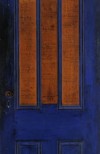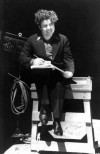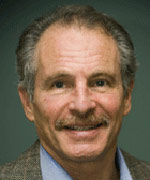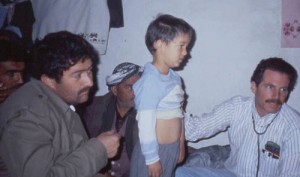400 Years Later, More Room for Books at Oxford University
 Memories came flooding back this morning when I found online an article originating in the Oxford Times, headlined “Bodleian Library Gets an Upgrade.” Andrew Ffrench reports,
Memories came flooding back this morning when I found online an article originating in the Oxford Times, headlined “Bodleian Library Gets an Upgrade.” Andrew Ffrench reports,
“Just over a year ago, library staff began transporting books to the South Marston site from Oxford, from its store in Nuneham Courtenay, and from a Cheshire salt mine, which was also being used to store part of its vast collection. The book move, the biggest since the library opened in 1602, was completed on schedule. One milestone was December 23, when the seventh million volume was shelved. The library, one of the oldest in Europe, and known to scholars as the ‘Bodley’ or ‘the Bod’, has 11 million volumes and is only second in size to the British Library. It is one of a handful of legal deposit libraries, which are required to keep a copy of every new book published. The completion of the move is part of the Bodleian’s plan to free up space and make its treasures more accessible for the public by providing larger display areas. Earlier this year, a collection of Franz Kafka’s letters to his sister went on display. The Treasures of the Bodleian exhibition included part of Jane Austen’s first draft of her unpublished novel The Watsons, which went on show for the first time since it was bought at auction earlier this year. Marco Polo’s travel manuscript from the 14th century, the Codex Mendoza, and a handwritten draft of war poet Wilfred Owen’s ‘Anthem For Doomed Youth’ also went on display. ” // more . . .





